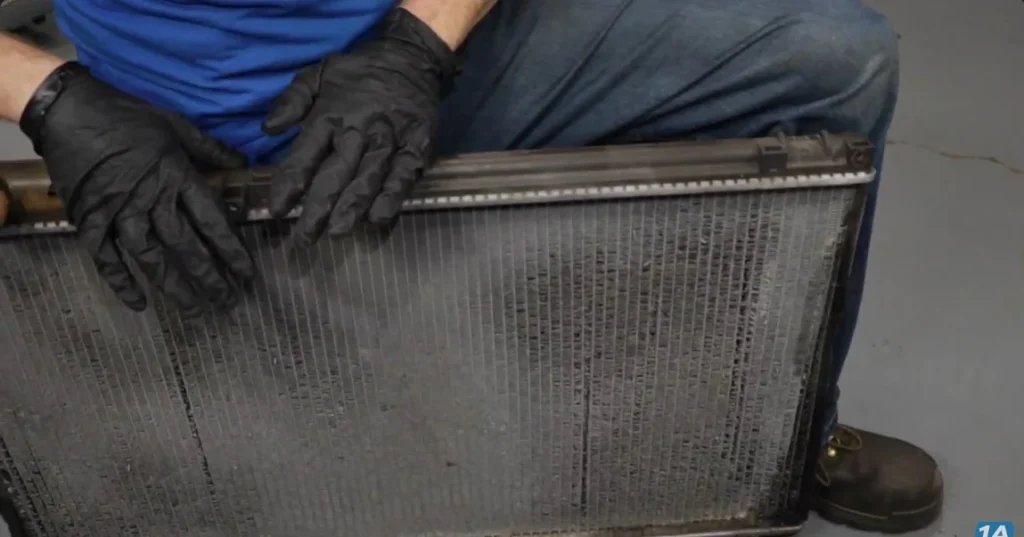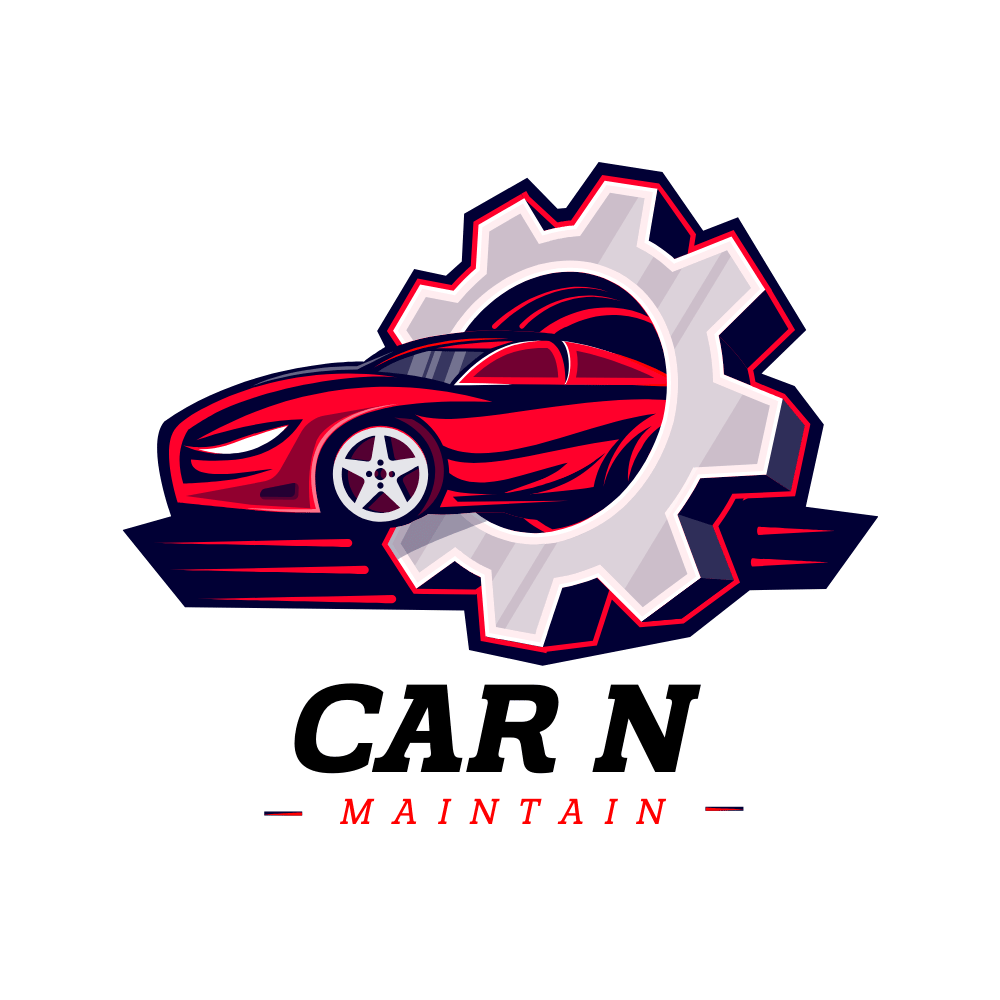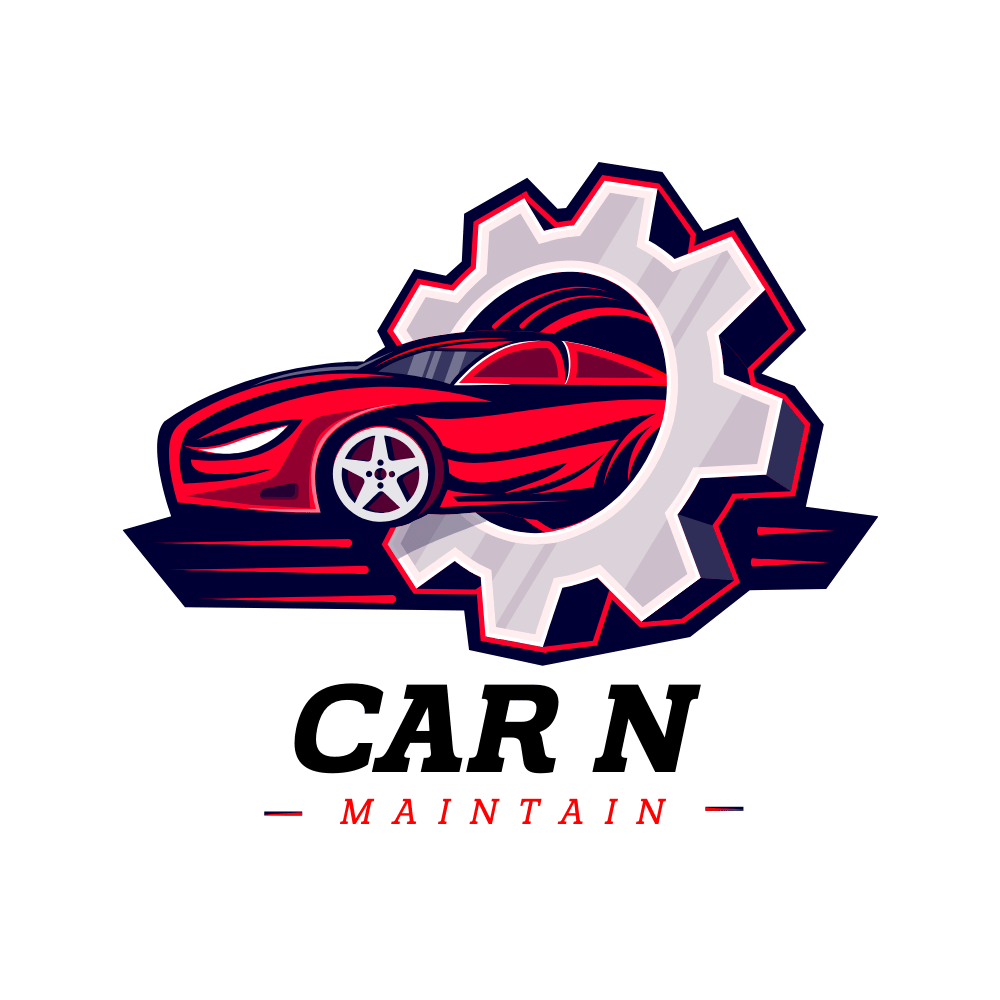Common car cooling system problems and solutions include overheating and coolant leaks. Solutions often involve replacing faulty parts or flushing the system.
Car cooling systems are essential for maintaining engine temperature. A well-functioning system prevents overheating and extends engine life. Overheating can lead to severe engine damage, resulting in costly repairs. Coolant leaks are another frequent issue, often caused by worn-out hoses or radiator problems.
Regular maintenance, such as checking coolant levels and inspecting hoses, can prevent these issues. Addressing problems early ensures your vehicle runs smoothly. Understanding common cooling system problems and solutions helps maintain your car’s longevity and performance. Proper care of the cooling system saves money and prevents unexpected breakdowns.

Cooling System Basics
The car cooling system prevents the engine from overheating. It is essential for the car’s performance and ensures a smooth ride.
Components Overview
The cooling system has several key parts. These include:
- Radiator: Transfers heat from the coolant to the air.
- Thermostat: Regulates the coolant flow to the engine.
- Water Pump: Circulates coolant through the system.
- Coolant: A liquid that absorbs and transfers heat.
- Hoses: Carry coolant between the engine and radiator.
- Fans: Help cool the radiator by moving air through it.
Importance Of Maintenance
Regular maintenance prevents overheating. Simple checks can save costly repairs:
| Maintenance Task | Frequency |
|---|---|
| Check Coolant Level | Monthly |
| Inspect Hoses | Every 6 months |
| Replace Coolant | Every 2 years |
| Check Radiator and Fans | Annually |
Inspecting hoses ensures there are no leaks, replacing coolant keeps the system clean, and checking the radiator and fans ensures they work properly. These tasks are simple but vital.

Signs Of Cooling System Issues
The car cooling system is crucial. It keeps your engine from overheating. Spotting issues early can save you from bigger problems. Let’s explore some common signs.
Overheating Engine
An overheating engine is a clear sign. You might see steam from the hood. The temperature gauge will rise quickly. This can happen in traffic or while driving.
- Check the temperature gauge often.
- Look for steam from the engine.
- Feel for a hot hood after driving.
| Signs | Actions |
|---|---|
| High-temperature gauge | Stop driving, and let the engine cool. |
| Steam from the hood | Turn off the engine, and check the coolant level. |
Coolant Leaks
Coolant leaks are another sign. You might see a puddle under your car. The coolant level in the reservoir will drop. Leaks can be from hoses, the radiator, or the water pump.
- Inspect for puddles under the car.
- Check the coolant reservoir regularly.
- Examine hoses and radiators for leaks.
If you find leaks, fix them quickly. Use a cooling leak sealer for small leaks. For bigger leaks, visit a mechanic. Leaks can cause overheating and engine damage.

Radiator Problems
Radiator problems can cause your car to overheat. They often lead to serious engine damage. Understanding these issues helps prevent costly repairs.
Clogged Radiator
A clogged radiator restricts coolant flow. This causes the engine to overheat. Debris and rust build up in the radiator over time. Regular maintenance is essential to prevent clogging.
- Flush the radiator every two years.
- Check for debris and rust.
- Use quality coolant to avoid deposits.
Regular checks help in catching clogs early. This ensures your cooling system works efficiently.
Radiator Leaks
Radiator leaks are common and can be serious. They cause coolant loss, leading to overheating. Leaks often happen due to damaged seals or hoses.
| Symptom | Possible Cause |
|---|---|
| Coolant on the ground | Leaking hose or seal |
| Low coolant level | Internal radiator leak |
- Inspect hoses and seals regularly.
- Replace worn-out parts promptly.
- Keep the coolant level in check.
Early detection of leaks helps in avoiding engine overheating. Always use the right type of coolant for your car.
Thermostat Malfunctions
Thermostat malfunctions are a common cause of car cooling system issues. The thermostat regulates coolant flow. When it fails, engine temperature control suffers.
Stuck Thermostat
A stuck thermostat is a frequent problem. It can get stuck in either the open or closed position. A thermostat stuck open causes constant coolant flow. This results in the engine running too cold. The heater may not work well in this case.
If the thermostat is stuck closed, coolant cannot flow. This leads to engine overheating. Overheating can cause severe engine damage. Signs of a stuck thermostat include erratic temperature gauge readings and poor heater performance.
Thermostat Replacement
Replacing a faulty thermostat solves many cooling system problems. First, ensure the engine is cool before starting. Drain the coolant and remove the thermostat housing. Take out the old thermostat and clean the housing area. Install the new thermostat and replace the housing.
Refill the cooling system with fresh coolant. Bleed the system to remove air pockets. Check for leaks and ensure proper thermostat function. A working thermostat maintains optimal engine temperature, ensuring smooth operation.
| Symptom | Cause | Solution |
|---|---|---|
| Engine Overheating | Stuck Closed Thermostat | Replace Thermostat |
| Engine Running Cold | Stuck Open Thermostat | Replace Thermostat |
| Erratic Temperature Gauge | Thermostat Malfunction | Replace Thermostat |
Regular maintenance helps prevent thermostat issues. Check the cooling system periodically. Replace the thermostat as needed for optimal performance.

Water Pump Issues
The water pump is crucial for your car’s cooling system. It circulates coolant through the engine, preventing overheating. Water pump issues can cause severe engine damage if not addressed quickly. Below, we discuss common problems and their solutions.
Impeller Damage
The impeller is the part of the water pump that moves the coolant. Over time, the impeller can become damaged or corroded. This leads to inefficient coolant flow.
Common signs of impeller damage include:
- Overheating engine
- Coolant leaks
- Strange noises from the pump area
To fix impeller damage, consider the following steps:
- Inspect the impeller for visible damage or corrosion.
- If damaged, replace the water pump entirely.
- Ensure the new pump is compatible with your car model.
Pump Replacement
Sometimes, the entire water pump needs replacement. This is usually necessary if the pump has failed or shows extensive wear.
Here are the steps for replacing a water pump:
- Drain the coolant from the radiator.
- Remove the old water pump carefully.
- Install the new water pump.
- Refill the radiator with coolant.
- Check for leaks and ensure proper operation.
Regular maintenance can prevent many water pump issues. Always use high-quality coolant and check your cooling system periodically.
Coolant Problems
Coolant problems in cars can lead to engine overheating. These issues may cause serious damage if left unchecked. It’s crucial to understand common coolant problems and their solutions.
Coolant Contamination
Coolant contamination happens when the coolant becomes dirty or mixed with other fluids. This can result from a damaged radiator, faulty head gasket, or improper maintenance. Contaminated coolant can clog the cooling system and reduce efficiency.
Signs of coolant contamination include:
- Muddy or oily coolant
- Overheating engine
- Sludge in the radiator
To fix this problem, follow these steps:
- Drain the contaminated coolant completely.
- Flush the cooling system with clean water.
- Refill with fresh coolant as per the manufacturer’s recommendation.
Correct Coolant Usage
Using the correct coolant is essential for optimal engine performance. Different engines require different types of coolant. Using the wrong type can cause corrosion and damage to the cooling system.
Here are some tips for correct coolant usage:
- Refer to your car’s manual for the recommended coolant type.
- Use a 50/50 mix of coolant and distilled water.
- Check coolant levels regularly and top up as needed.
Below is a table summarizing common coolant types and their applications:
| Coolant Type | Application |
|---|---|
| Ethylene Glycol | Most passenger cars |
| Propylene Glycol | Heavy-duty vehicles |
| Organic Acid Technology (OAT) | Modern vehicles |
Always ensure you use the correct coolant for your vehicle. This prevents costly repairs and ensures a smooth drive.

Fan Troubles
Car cooling system problems can cause engine overheating. One common issue is fan troubles. The cooling fan helps regulate engine temperature. When the fan malfunctions, it can lead to serious issues. This section covers two major fan problems: fan motor failure and fan blade damage.
Fan Motor Failure
The fan motor is crucial for the fan’s operation. When the motor fails, the fan stops working. This can cause the engine to overheat.
Signs of fan motor failure include:
- The fan does not turn on when the engine is hot.
- You hear unusual noises from the fan area.
- The fan runs intermittently.
Common solutions for fan motor failure:
- Check the motor’s electrical connections.
- Test the motor with a multimeter.
- Replace the faulty motor.
Fan Blade Damage
Fan blades can get damaged over time. This reduces cooling efficiency and causes engine overheating. Damaged blades may also make noise.
Signs of fan blade damage include:
- Visible cracks or chips on the blades.
- Unusual vibrations when the fan runs.
- Reduced airflow from the fan.
Common solutions for fan blade damage:
- Inspect the fan blades regularly.
- Replace damaged blades promptly.
- Ensure the fan assembly is balanced.
Hose And Clamp Failures
The cooling system in your car is vital. It prevents the engine from overheating. One common issue is hose and clamp failures. Understanding these problems can save you time and money.
Hose Wear And Tear
Over time, hoses deteriorate. Heat and pressure cause them to crack. Inspect hoses for cracks and leaks regularly. If you see bulges or soft spots, replace the hose. A cracked hose can lead to engine overheating.
It’s also important to check for coolant leaks. Use a flashlight to inspect the hoses closely. Look for wet spots or dried coolant. If you find any, replace the hose immediately.
Clamp Replacement
Clamps hold the hoses in place. They ensure a tight fit. Over time, clamps can loosen or rust. Inspect clamps each time you check the hoses. If a clamp looks rusty or loose, replace it.
Use a screwdriver to tighten loose clamps. If they still do not hold, replace them with new ones. Always use the correct size clamp for your hoses. Using the wrong size can cause leaks.
| Problem | Solution |
|---|---|
| Cracked Hoses | Replace the hose |
| Soft Spots | Replace the hose |
| Rusty Clamps | Replace the clamp |
| Loose Clamps | Tighten or replace |

Preventive Maintenance Tips
Maintaining your car’s cooling system is crucial for its longevity. Simple preventive measures can avoid costly repairs. Here are some effective preventive maintenance tips for your car’s cooling system.
Regular Inspections
Regular inspections help identify issues early. Check the radiator and hoses for leaks. Ensure the radiator cap is secure. Inspect the water pump and fan. Look for any signs of wear or damage.
Coolant Flushes
Coolant flushes are essential for a healthy cooling system. Over time, coolant can become contaminated. This reduces its effectiveness. Flushing the coolant removes debris and rust. Replace it with fresh coolant to ensure proper cooling.
| Maintenance Task | Recommended Frequency |
|---|---|
| Inspect Radiator and Hoses | Every 6 months |
| Check Radiator Cap | Every 6 months |
| Inspect the Water Pump and Fan | Annually |
| Coolant Flush | Every 2 years |
Follow these preventive maintenance tips to keep your car’s cooling system in top shape. Regular checks and timely actions can save you from unexpected breakdowns.
Frequently Asked Questions
What Causes A Car To Overheat?
A failed thermostat, coolant leak, or radiator issues often cause car overheating.
How To Check For Coolant Leaks?
Inspect hoses, radiator, and water pump for wet spots or puddles.
Why Does My Car’s Radiator Leak?
Radiators leak due to corrosion, physical damage, or failed seals and hoses.
How To Fix A Faulty Thermostat?
Replace the thermostat, often located near the engine’s cooling system.
What Are Signs Of A Bad Water Pump?
Look for coolant leaks, overheating, or unusual noises from the pump area.
How To Prevent Car Cooling System Problems?
Regularly check coolant levels, inspect hoses, and maintain the radiator and thermostat.
Conclusion
Maintaining your car’s cooling system is crucial for optimal performance. Regular checks can prevent common issues. Addressing leaks, thermostat failures, and radiator problems early saves money. Always consult a professional for persistent issues. A well-maintained cooling system ensures your vehicle runs smoothly and efficiently.
Keep your car cool, and enjoy a hassle-free drive.











Leave a Reply